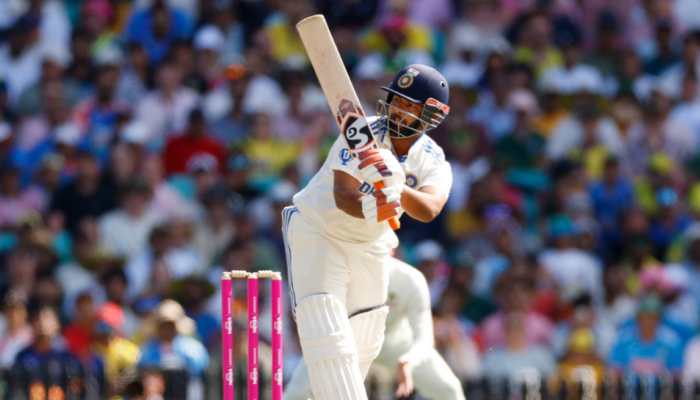Explained: What happens when a giant black hole does not intervene in life of a galaxy cluster
A new study conducted by a team of astronomers using NASA’s Chandra X-ray Observatory and other telescopes has revealed what can happen when a giant black hole fails to intervene in the life of a galaxy cluster.
- A new study conducted by a team of astronomers has revealed what can happen when a giant black hole fails to intervene in the life of a galaxy cluster.
- The study showed that passive black hole behavior could help in understanding a remarkable torrent of star formation occurring in a distant cluster of galaxies.
- It is to be noted that galaxy clusters are made up of hundreds or thousands of galaxies pervaded by hot, X-ray emitting gas.
Trending Photos
)
A new study conducted by a team of astronomers using NASA’s Chandra X-ray Observatory and other telescopes has revealed what can happen when a giant black hole fails to intervene in the life of a galaxy cluster.
The study showed that passive black hole behavior could help in understanding a remarkable torrent of star formation occurring in a distant cluster of galaxies. It is to be noted that galaxy clusters are made up of hundreds or thousands of galaxies pervaded by hot, X-ray emitting gas. The ejections of material powered by a black hole in the central galaxy clusters prevent this hot gas from cooling and the heating helps black holes to control the activity and evolution of their host cluster.
But what happens if that black hole gets inactive? The galaxy cluster SpARCS104922.6+564032.5 located 9.9 billion light years away from Earth provided an answer.
Earlier, astronomers had used Hubble Space Telescope and Spitzer Space Telescope of NASA to find out that stars were forming at an extraordinary rate of about 900 new Suns worth of mass per year in SpARCS1049. The discovery left the astronomers surprised because this was over 300 times faster than the rate at which our galaxy, the Milky Way, forms its stars.
“It reminds me of the old expression of ‘when the cat’s away, the mice will play,’” said Julie Hlavacek-Larrondo of the University of Montreal in Canada, who led the study. “Here the cat, or black hole, is quiet and the mice, or stars, are very busy.”
“Without the black hole actively pumping energy into its surroundings, the gas can cool enough so this impressive rate of star formation can happen,” said co-author Carter Rhea, also of the University of Montreal. “This kind of black hole shut down may be a crucial way for stars to form in the early Universe.”
According to astronomers, there are several examples where energy injected by black holes has played an important role in reducing the rate of star formation by factors of tens or thousands or more.
"Many astronomers have thought that without the intervention from a black hole, the formation of stars would run out of control,” said co-author Tracy Webb of McGill, who first discovered SpARCS1049 in 2015 with NASA’s Spitzer Space Telescope. “Now we have observational proof that this is indeed what takes place.”
Stay informed on all the latest news, real-time breaking news updates, and follow all the important headlines in india news and world News on Zee News.
Live Tv







)
)
)
)
)
)
)
)
)
)
